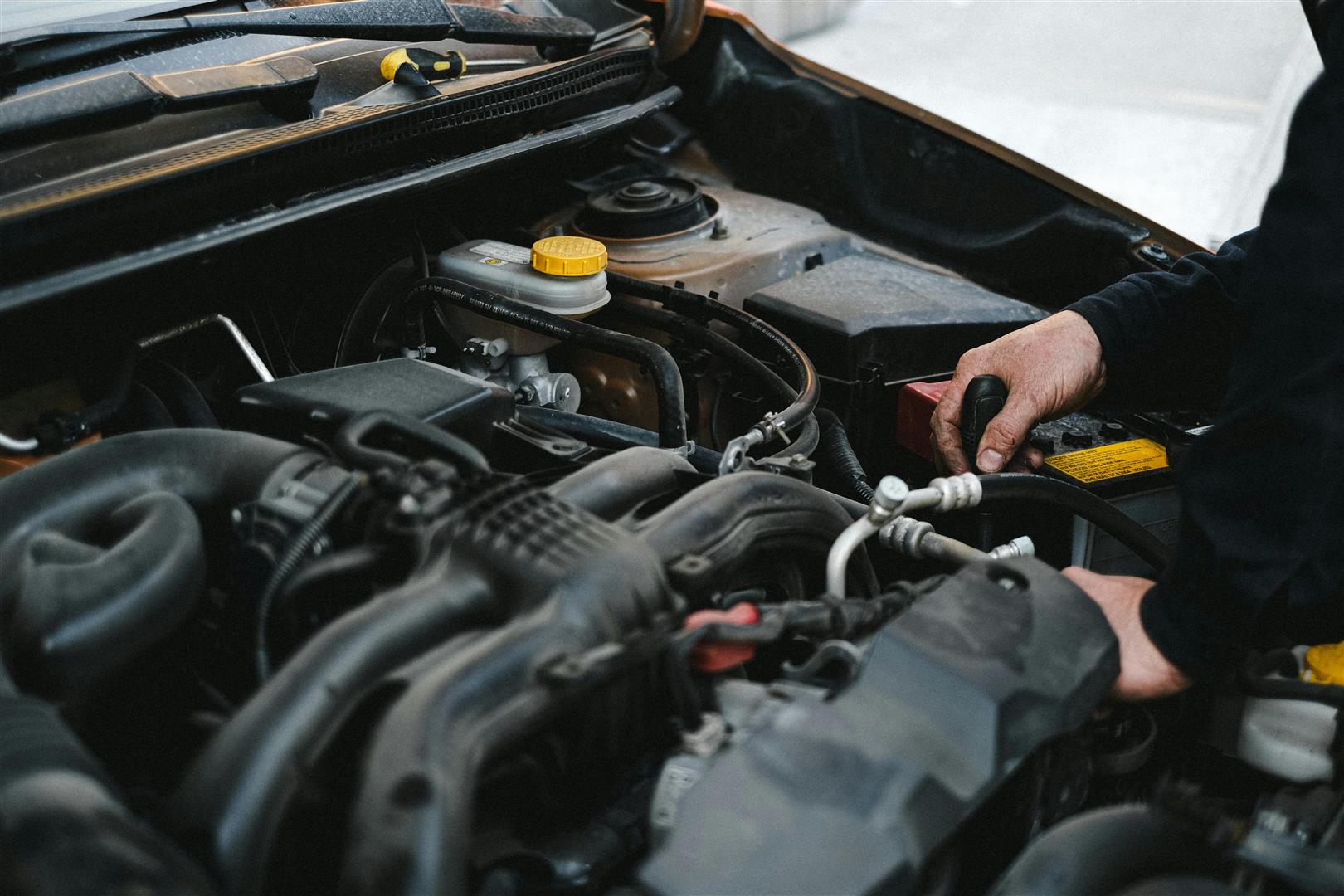
In the intricate world of automotive engineering, some components often go unnoticed, yet they play pivotal roles in ensuring the smooth functioning of vehicles. Among these unsung heroes are gaskets, seals, and ventilation systems in internal combustion engines. These seemingly small parts are crucial for maintaining the integrity and efficiency of the engine, ensuring optimal performance and longevity.
Gaskets and seals might appear insignificant at first glance, but their functions are indispensable. Gaskets are essentially mechanical seals, designed to fill the space between two or more mating surfaces, preventing leakage while withstanding compression. Seals, on the other hand, are used to block the passage of fluids or gases between two moving or stationary parts.
In an internal combustion engine, gaskets and seals serve multiple critical purposes:
- Fluid Sealing: They prevent fluids like oil, coolant, and fuel from leaking out or mixing with each other, maintaining proper lubrication and cooling throughout the engine system.
- Pressure Containment: Gaskets help contain the high-pressure combustion that occurs within the engine cylinders, ensuring efficient power generation and preventing energy loss.
- Thermal Management: They assist in managing heat by providing a barrier between components with different operating temperatures, thus preventing overheating and maintaining optimal engine performance.
- Vibration Dampening: Gaskets and seals absorb vibrations generated during engine operation, reducing wear and tear on engine components and prolonging their lifespan.
The Importance of Proper Ventilation: In addition to gaskets and seals, ventilation systems are vital for internal combustion engines. Proper ventilation ensures the removal of harmful gases, such as exhaust fumes and crankcase vapors, from the engine compartment. Without adequate ventilation, these gases can accumulate, leading to a host of issues including decreased engine efficiency, increased emissions, and even potential health hazards for occupants.
Ventilation systems in internal combustion engines typically consist of:
- Crankcase Ventilation: This system removes gases that accumulate in the crankcase, such as blow-by gases containing unburned hydrocarbons, water vapor, and combustion by-products. Failure to adequately ventilate the crankcase can lead to increased oil contamination, reduced engine efficiency, and ultimately, engine damage.
- Exhaust Ventilation: Proper exhaust ventilation is essential for expelling harmful exhaust gases produced during the combustion process. It ensures compliance with emissions regulations, reduces environmental impact, and maintains air quality both inside and outside the vehicle.
For Paul's Automotive in Sacramento, CA, understanding the importance of gaskets, seals, and ventilation systems is crucial for providing top-notch service to customers. Whether it's routine maintenance, engine repairs, or performance upgrades, ensuring the integrity of these components is paramount for customer satisfaction and long-term reliability.
By prioritizing quality gaskets and seals during repairs and replacements, Paul's Automotive can prevent common issues such as oil leaks, coolant leaks, and compression loss, thereby enhancing engine performance and prolonging its lifespan. Similarly, by maintaining and optimizing ventilation systems, they can ensure compliance with emissions standards, reduce environmental impact, and promote a healthier driving experience for their customers.
In the complex ecosystem of internal combustion engines, gaskets, seals, and ventilation systems may not always steal the spotlight, but their significance cannot be overstated. From preventing leaks and maintaining pressure to managing heat and removing harmful gases, these components play critical roles in ensuring the efficiency, reliability, and longevity of automotive engines. For automotive professionals like Paul's Automotive, recognizing and prioritizing the importance of these components is key to delivering exceptional service and driving customer satisfaction in the ever-evolving automotive industry.
In a world where precision and reliability are paramount, trust in the hands of experts who understand the intricacies of your vehicle. At Paul's Automotive, we not only recognize the importance of every component within your engine but also strive to exceed expectations in every service we provide. From meticulous attention to detail in gasket and seal replacements to ensuring optimal ventilation systems, we're committed to keeping your vehicle running smoothly and efficiently for years to come. Bring your vehicle to Paul's Automotive in Sacramento, CA and experience the difference expertise makes. Your journey starts here.